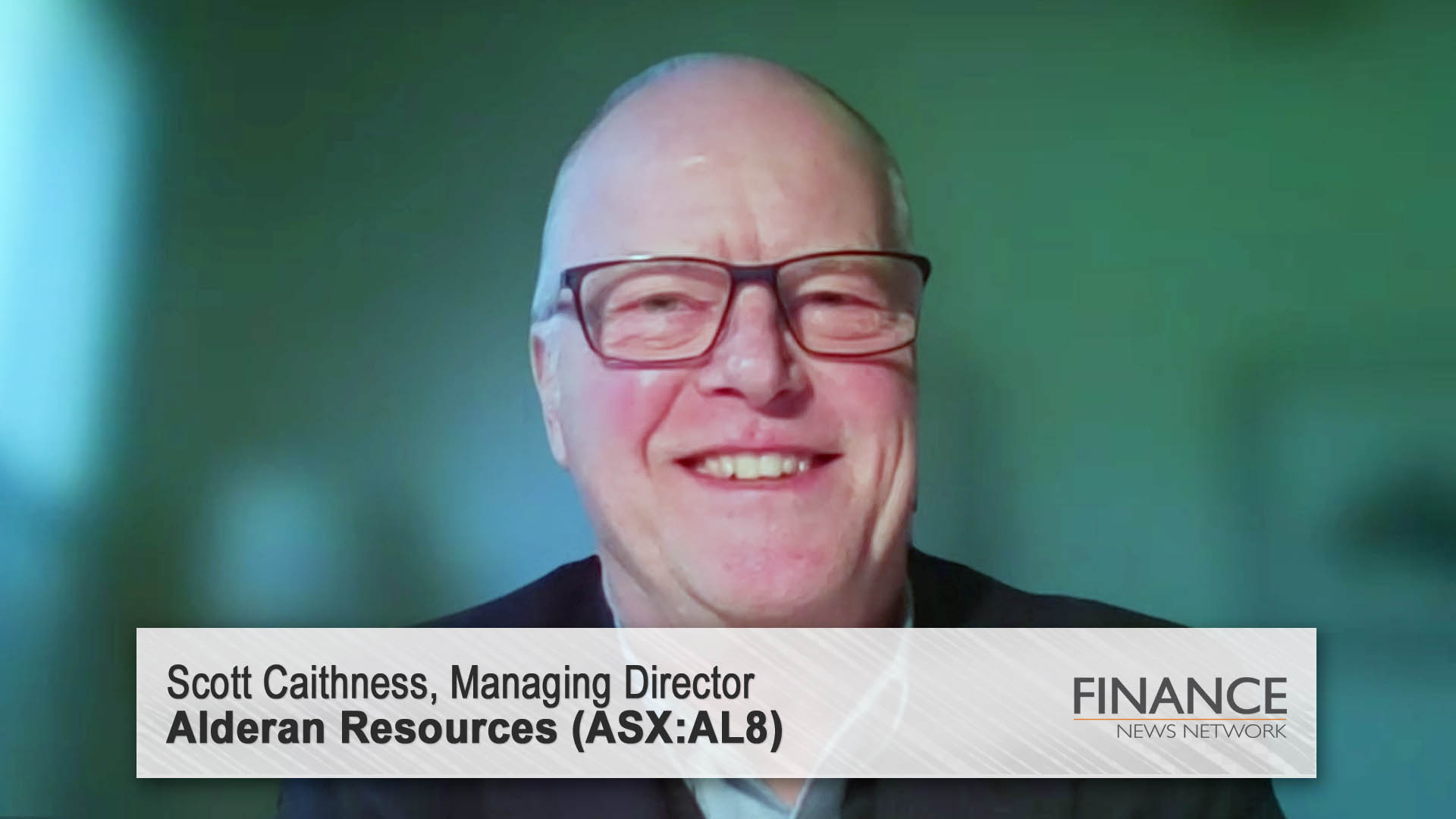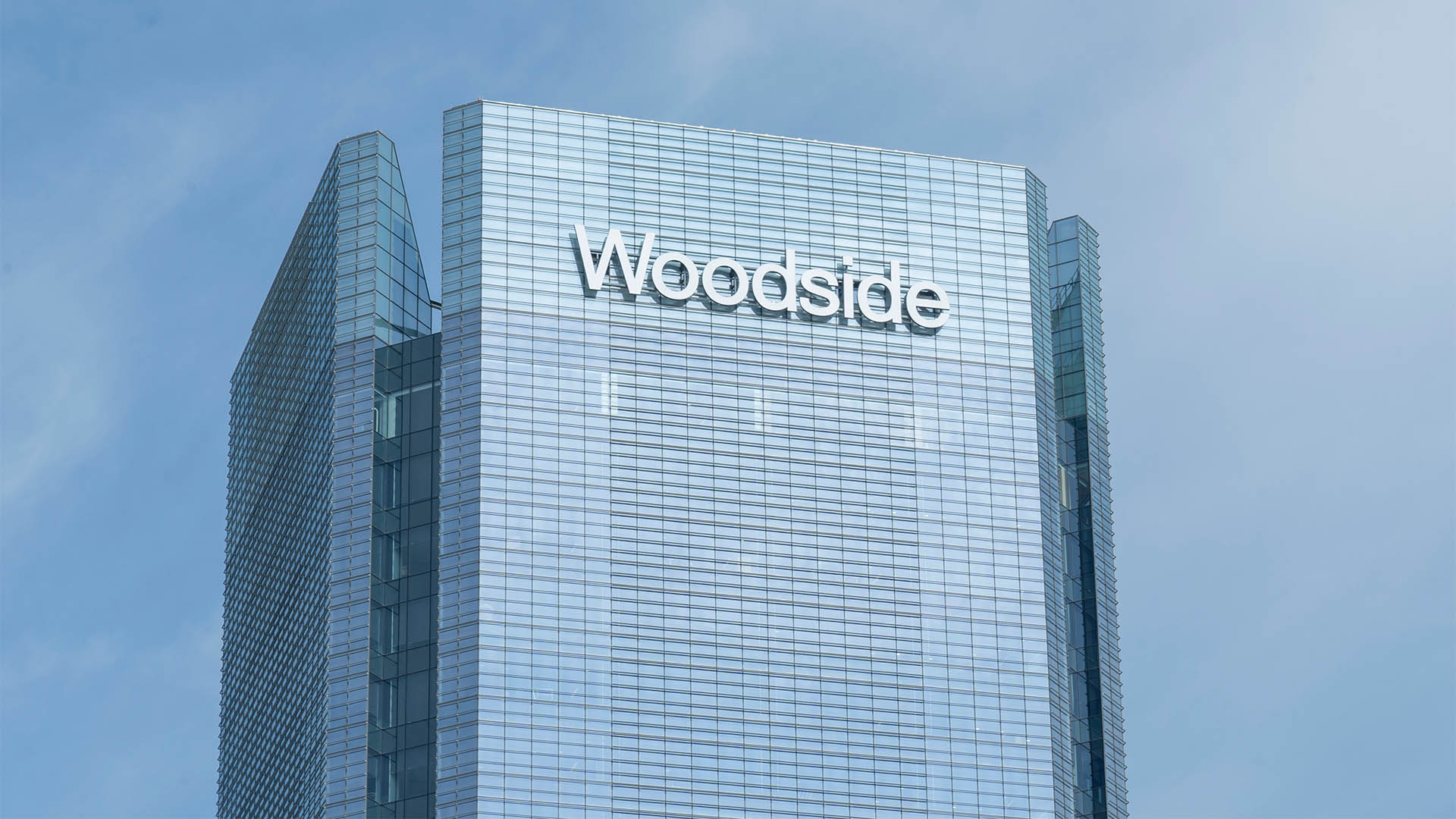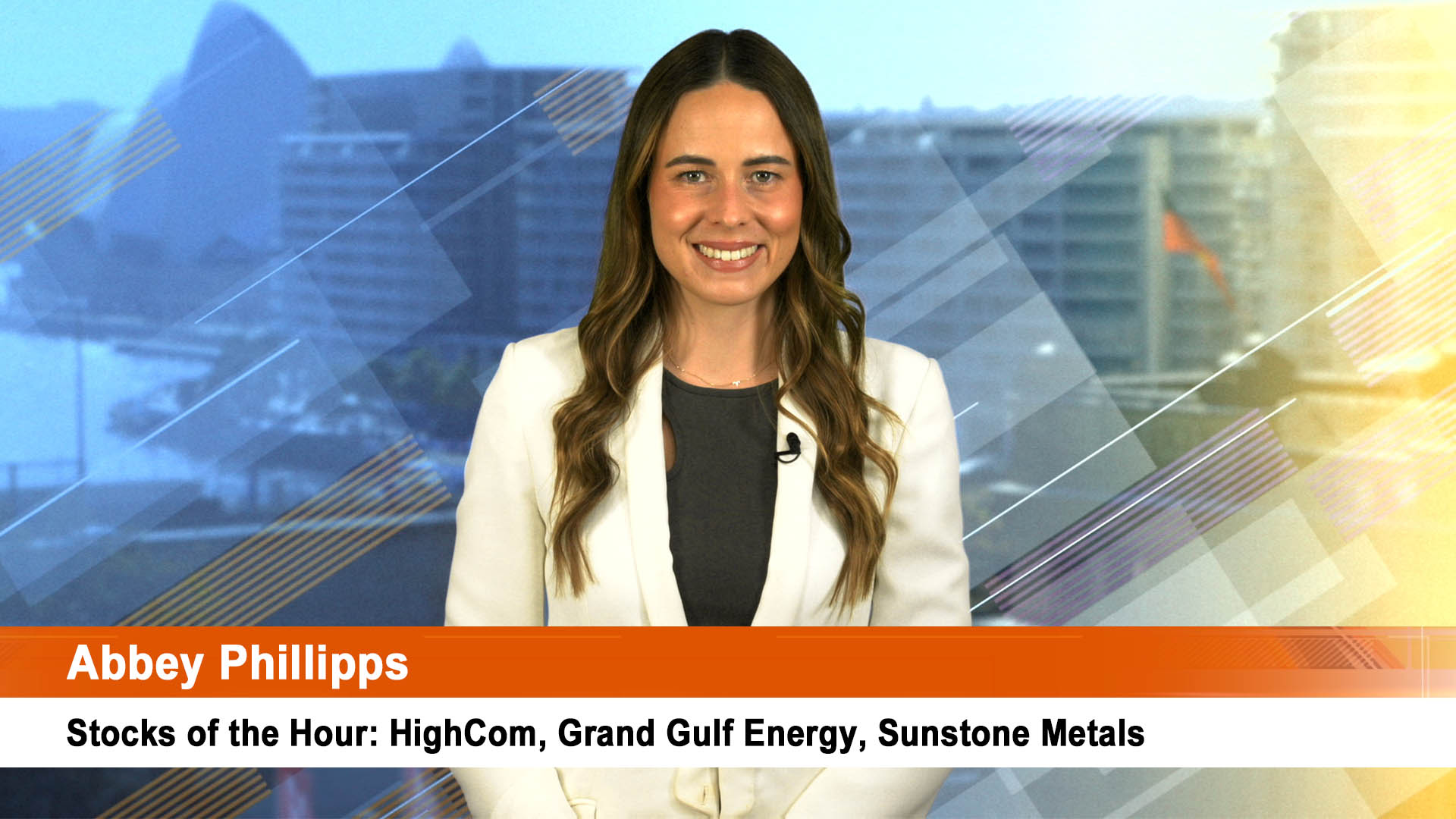The Reserve Bank keeps the growth faith and has looked through short term sluggishness to the uplands of 2019-20 and stronger growth.
The news had absolutely no impact on the stock market which saw a sharp 1.5% sell off to take the loss since Monday to 120 points for the ASX 200, or over 2%.
But the central bank still believes growth will pick up, but not before we go through a year or more of sluggishness similar to what we have seen in recent months.
The central bank left interest rates on hold at its June board meeting yesterday and maintained its view that “(l)ooking forward, economic growth is still expected to increase gradually over the next couple of years to a little above 3 per cent.”
That will be despite the expected weak reading for March quarter GDP from tomorrow’s National Accounts.
“Taking account of the available information, the Board judged that holding the stance of monetary policy unchanged at this meeting would be consistent with sustainable growth in the economy and achieving the inflation target over time,” yesterday’s post board meeting statement from Governor Phillip Lowe ended once again.
But the RBA acknowledged that today’s GDP data will bring a slower year ended GDP growth rate, with Dr Lowe saying in his statement:
“Year-ended GDP growth is expected to have slowed in the March quarter, reflecting the quarter-to-quarter variation in the growth figures.”
But apart from that, more of the same with one of the RBA’s two central problem areas – the jobs market showing some life, for example:
"Indicators of the labour market remain mixed. Employment growth has been stronger over recent months, although growth in total hours worked remains weak. The various forward-looking indicators point to continued growth in employment over the period ahead,” the statement said.
"Wage growth remains low and this is likely to continue for a while yet. Inflation is expected to increase gradually as the economy strengthens. Slow growth in real wages is restraining growth in household consumption.
"The outlook continues to be supported by the low level of interest rates. The depreciation of the exchange rate since 2013 has also assisted the economy in its transition following the mining investment boom. An appreciating exchange rate would complicate this adjustment.”
And housing, the RBA’s other problem area, is also showing a tiny positive:
"Conditions in the housing market vary considerably around the country. Prices have been rising briskly in some markets, although there are some signs that these conditions are starting to ease. In other markets, prices are declining.
"In the eastern capital cities, a considerable additional supply of apartments is scheduled to come on stream over the next couple of years. Rent increases are the slowest for two decades. Growth in housing debt has outpaced the slow growth in household incomes.
"The recent supervisory measures should help address the risks associated with high and rising levels of indebtedness. Lenders have also announced increases in mortgage rates, particularly those paid by investors and on interest-only loans.”
All that means the RBA is on hold for quite a while – perhaps well into 2018. June was the 9th month without a rate movement, and there will be many more to come unless something domestic worsens significantly and that is consumer spending. It is the big concern. Watch for consumers to run down savings in coming months to finance much of their spending.













